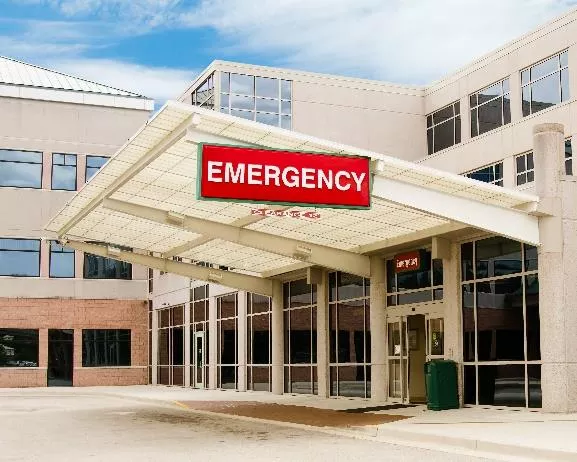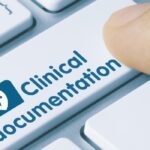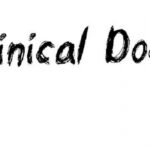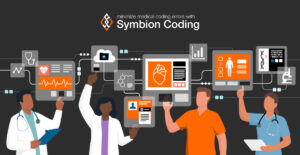
There is no doubt that the COVID-19 pandemic has changed the medical community as a whole. Where most people used to just make an appointment and show up at the office, many are now opting for telephone encounters to help prevent virus spread.
For practitioners, this is a much more convenient way to offer patient centered care. Instead of trying to see a set number of people within the walls of the office each day, doctors can now treat more patients in a much more convenient format.
Here is what you need to know about telephone encounters including what they are and why they need to be documented correctly.
What Are Telephone Encounters?

Simply put, telephone encounters are clinical exchanges that occur via telephone between providers, nurses, and patients. Telephone encounters can be very useful for numerous reasons, including:
- Increased Clinic Access: Patients who might not otherwise be able to make it into the clinic physically now have access to care.
- Reduced Unnecessary Burden on Patients: Travel time and other obstacles are now reduced or completely eliminated.
- Reduced Unnecessary Hospital Visits and/or Readmission: By having easier access to primary care physicians, less patients are physically visiting emergency medical centers.
- Improved Continuity of Care: Subsequent visits to follow up for specific conditions is much easier.
- Maximize Physician and Nurse Time: Calls usually only last a few minutes, which allows for treatment or more patients within a day.
In short, there are many reasons why a practitioner would consider adding telephone encounters to their schedule that are beneficial to the overall clinic (This article does not examine the amount pay by health plans to medical practices).
Not All Phone Calls Are Telephone Encounters
However, it is important to realize that not all phone calls are telephone encounters. Knowing the difference is important, as it can mean the difference between having bills approved by insurance companies or outright denials.
The real benchmark is whether or not the call includes information that can be communicated by non-licensed staff. This includes communication of normal results, billing inquiries, or other generic phone calls. Additionally phone consults that result in an in-person appointment less than twenty-four hours later would not be considered a telemedicine visit.
Criteria for Telephone Encounters
To ensure practitioners are using the telemedicine system appropriately, there are a few guidelines that determine whether an event is truly a telephone encounter. At least one piece of criteria must be met to be considered an eligible telephone encounter:
- Medical Decision Making: The call includes medical decision making and/or care coordination that results in the involvement of a physician, nurse, or pharmacist, such as treatment plans or changes in prescription medication.
- Substitute for In-Person Clinic Visits: To be a telephone encounter, the call must be deemed an alternative for a physical visit to the clinic.
- Refills of Medications: The call includes refills of medications that would have otherwise required an in-person clinic or emergency room visit.
- Follow-Up Visit: The conversation serves as a follow-up to a previous in-person visit.
- Educational Visit: The call or involves a form of patient education such as counseling, informed consent, or motivational interviewing.
Furthermore, it is important to note that only established patients are eligible for legitimate telephone encounters.
Documentation of Telephone Encounters
When it comes to medical billing and coding, there is a specific amount of documentation that needs to be done correctly. All telephone encounters should be documented to the medical record in the same manner as an in-person clinic visit. A few of the most common documentation requirements include:
- Notation of Initiation: It should be well documented that the patient, parent, or guardian initiates the phone call.
- Notation of Consent: Documentation that the patient consents to the telephone call.
- Notation of Reason: Include notes on the reason or chief complaint requiring the telephone call.
- Medical History: Document relevant medical history, background, and/or results for the patient.
- Assessment: The practitioner’s assessment of the patient with full and detailed notes.
- Treatment Plan: The provider’s plan for treatment of the patient, including all relevant medications or other instructions.
It is also important to include detailed information to show the medical necessity on the total time spent with the patient. While it might be tempting for some patients to discuss their grandchildren’s soccer game or some other personal topic, this filler conversation should not be included in the documentation.
Wrap Up: Protecting Your Practice During Telephone Encounters
It continues to look like telephone encounters are going to stay popular long after the COVID-19 pandemic fades. That is why it is so important to learn these guidelines now and apply them within your practice. Failure to do so can lead to denials and delay of payment, which nobody wants to deal with. Instead, train your team now to help make the billing and coding process easier in the future.






No comment yet, add your voice below!